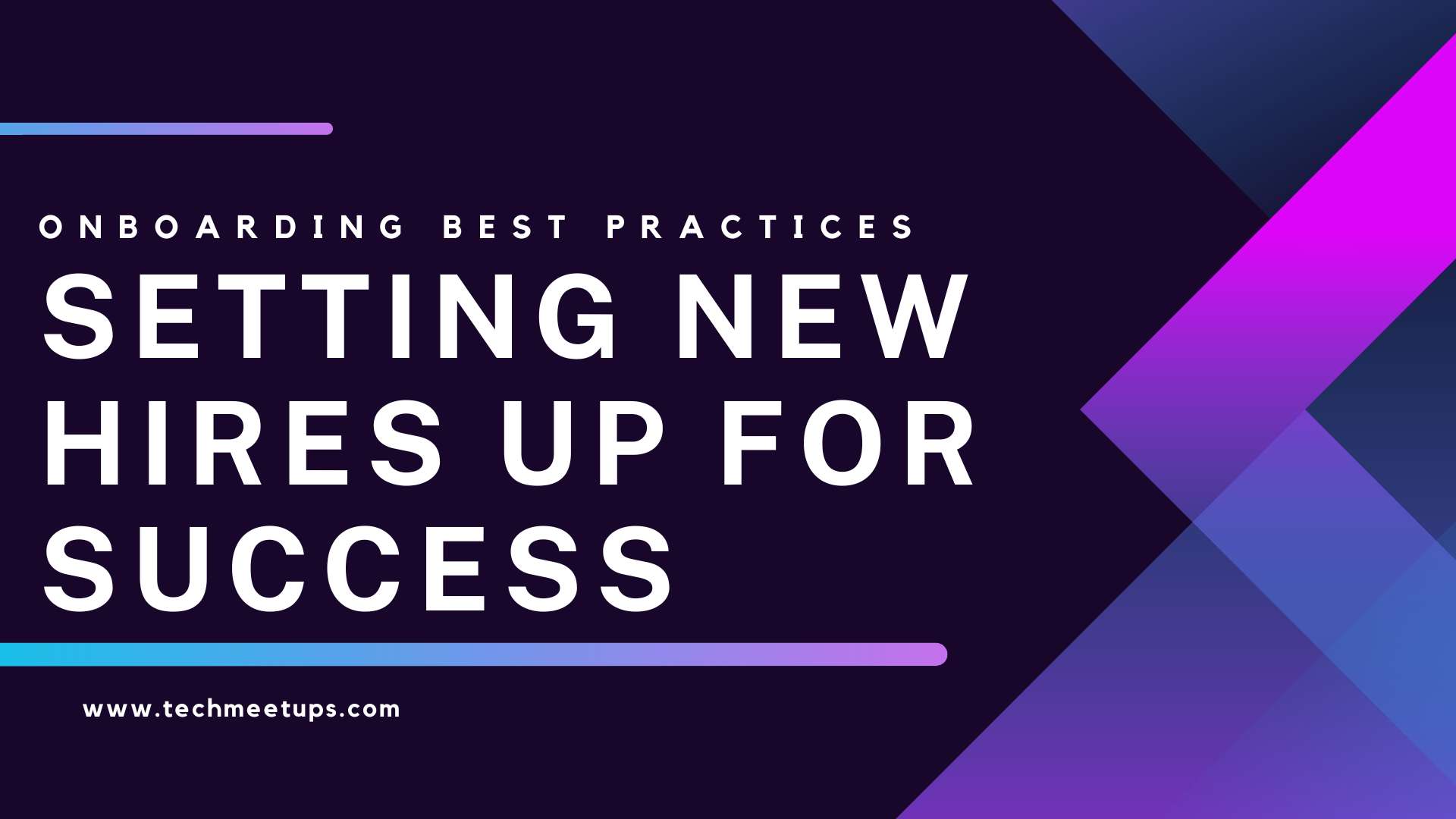Onboarding is a crucial step in the hiring process, where new hires are introduced to the company, its culture, and its goals. A well-designed onboarding program helps new hires become productive quickly and feel supported by their company. It can also help reduce turnover, increase employee engagement, and foster a more positive work environment.
In this blog post, we’ll share some best practices for onboarding new hires and setting them up for success.
Start with a Welcome Package:
A welcome package is an excellent way to make new hires feel valued and welcomed. It’s a tangible expression of how much the organization is looking forward to the new hires’ arrival. The package can include company branded items such as a t-shirt, coffee mug, or other useful items along with a welcome letter, an orientation schedule, and any necessary forms the new hire needs to fill out.
Prepare a Detailed Orientation Guide:

A well-crafted orientation guide can be a valuable resource for new hires, and it’s essential to develop it with care. It should be comprehensive and cover everything the new hire needs to know about the company, including its history, vision, and mission statements, culture, policies, procedures, and processes. The guide should also include information relevant to their role and department, such as performance expectations, training and development opportunities, and the tools and systems they’ll be using.
Assign a Mentor or Buddy:
A mentor or buddy can be an invaluable resource for new hires. They provide guidance on the ins and outs of the company, as well as tips on navigating the cultural nuances of the workplace. Mentors can answer questions, offer advice, and share their experiences, which can ease new hires’ transition into their new role. This can help new employees feel more confident and connected with their new organization.
Set Up Regular Check-ins:
Regular check-ins can help new hires feel supported and connected to the company. It’s essential to check in with new hires frequently, especially during their first few months, to discuss their progress and any concerns they may have. These conversations help identify any issues early on and offer the opportunity for feedback, support, and coaching.
Provide Job Training:

Providing job training helps new hires perform their responsibilities efficiently and effectively. A well-planned training program should cover the skills and knowledge they need to perform their job successfully. This includes training on the software tools, processes, and systems they will be using to fulfill their duties. The goal is for them to feel confident and competent performing their job duties so they can focus on contributing to the organization’s success.
Foster a Positive Work Culture:
A positive work culture can have a tremendous impact on new hires. It creates a sense of belonging and promotes their well-being. Organizations that foster a healthy work culture support their employees, promote teamwork and collaboration, and uphold the organization’s values. Providing regular opportunities for socializing and engagement, offering flexible working arrangements, and providing growth opportunities are just some of the ways organizations can foster positive work cultures for new hires.
In conclusion, onboarding new hires is a critical step in setting your employees up for success. Effective onboarding programs help new hires integrate into teams quickly, minimize organizational costs, and foster a positive work environment. By following the best practices we’ve outlined above, you can ensure that your new hires feel welcomed, connected, and supported in their new roles.






